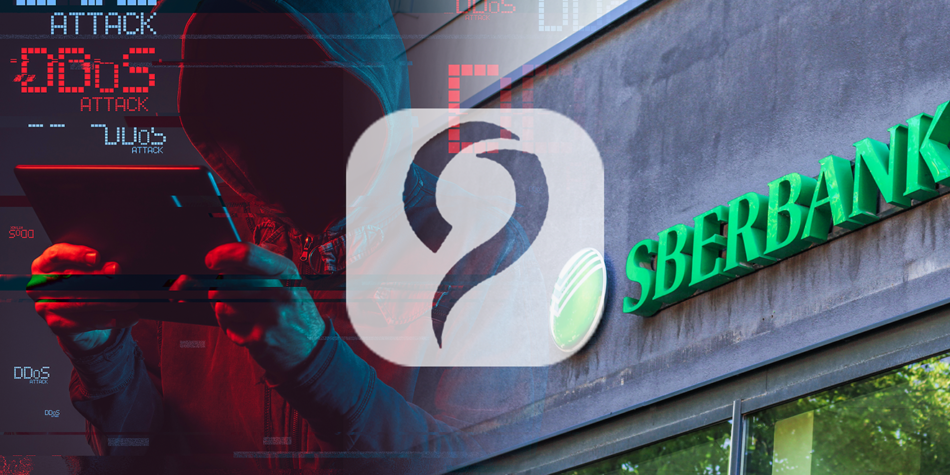A SPATE OF ATTACKS CAUSE DISRUPTIONS OF SERVICE AND LOSS OF BUSINESS.
Sberbank is Russia’s largest banking and financial services company. It ranks third in Europe with assets in excess of $570 billion. Lately, it has been battling the largest distributed denial of service (DDoS) attack in its history.
Cyber attacks are nothing new to Sberbank. Earlier in 2016, five Russian financial institutions were targeted intermittently for two days. The country’s bank regulator said that Sberbank as one of the targeted banks. The attackers launched a wave of attacks on the banks’ websites , flooding them with data known as Distributed Denial of Service (DDoS) attack. According to security firm Kaspersky, this was, until that time, the largest attack aimed at Russian banks. The security firm added that the floods of data normally lasted for 60 minutes but in one particular case, the flood continued for a full 12 hour period. Sberbank admitted that it suffered 68 similar attacks in the year 2016 but the one in November was the most intense. Webcams and other smart devices based in USA, India, Taiwan and Israel were all used in the attack.
Sberbank estimates that the Russians have suffered close to 3.6 trillion roubles in losses to cyber attacks. The figure is so colossal, it seems like a parallel economy. The deputy chairman of the bank has said that private businesses and ordinary citizens are the greatest sufferers. The state security services are better protected.
Fast forward to May 2022, the conflict in Ukraine has added to the woes of Russian banks. In an address to a select gathering at a conference, Sergei Lebed, vice president and director cyber-security has said that thousands of hackers from several countries are attacking the banks almost incessantly around the clock. The security teams at Sberbank remain vigilant all the time—24/7.
Lebed informed the audience that the cyber criminals employed various methods to carry out the attacks. This included code injections, malicious browser exensions and Docker containers equipped with DDoS tools. DDoS attacks deprive customers of online services which ultimately leads to intermittent disruptions and loss of business to the company.
Sberbank’s Security Operations Center has fought off and repelled the biggest attack in its history early this May. The DDoS attack was measured at 450+ gbps and over 27000 devices located Taiwan, USA, Japan and UK were used to generate the traffic.
Despite the success, Lebed has admitted that the attacks will likely continue because of the polarized political climate. Down the road, perhaps, the attacks may go down in number but they will grow in intensity and power.
This admission is vindicated by a recent Radware DDoS attack on a US service provider which lasted for 36 hours at 1.1 Tbps. This is a clear indicator that the hackers and groups of criminals are enhancing their levels of sophistication and getting smarter with each passing day.


